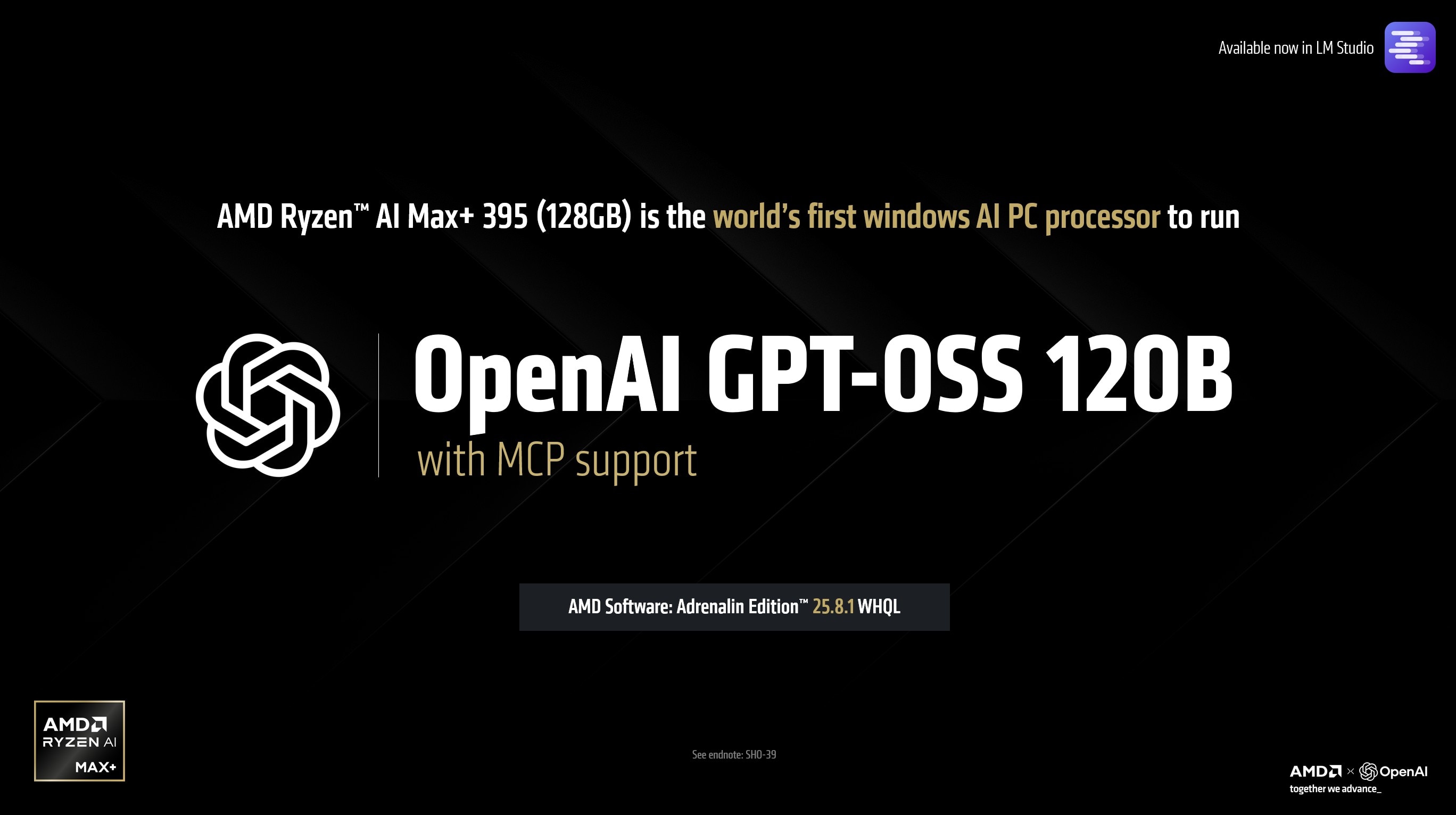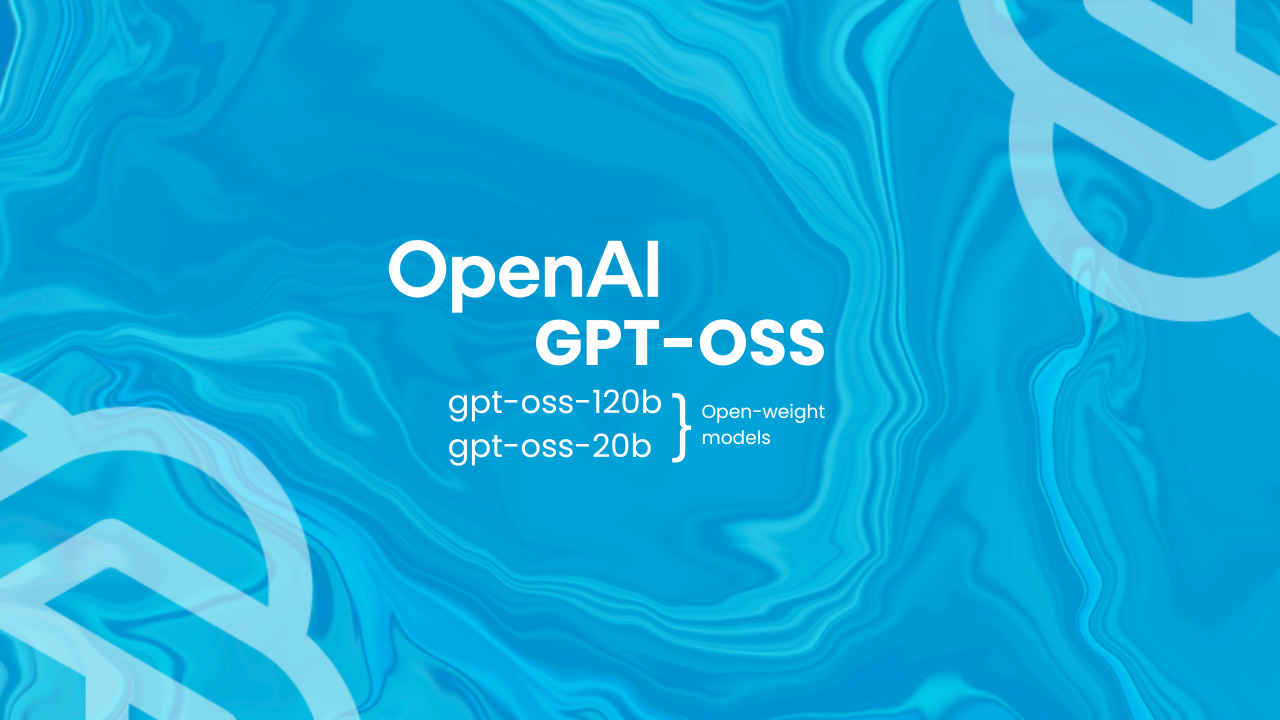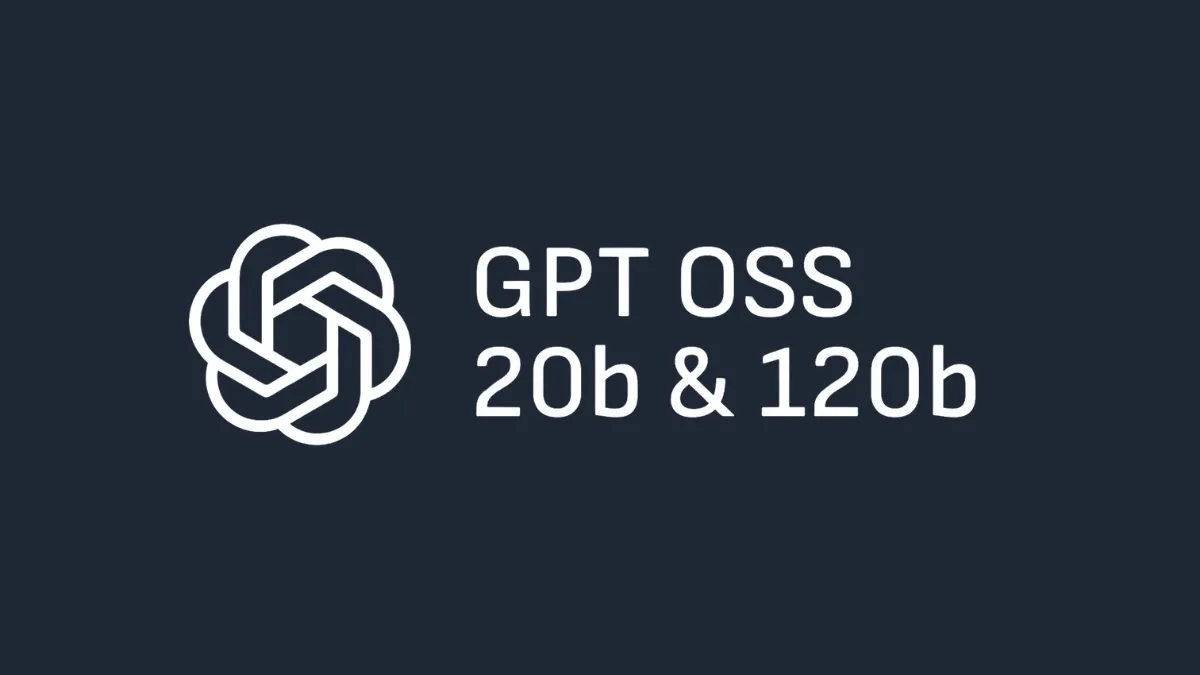On August 5, 2025, OpenAI unveiled gpt‑oss‑20b, its first open-weight large language model since GPT‑2 in 2019. This smaller variant in the GPT‑OSS family is launched under the Apache 2.0 license, allowing developers to run, fine‑tune, and deploy the model locally or in private environments. The model targets agentic reasoning, code generation, browsing tools, and advanced logical tasks—bringing powerful inference capabilities to consumer hardware with as little as 16 GB RAM. Its release marks OpenAI’s deliberate pivot toward open‑weight models amid rising competition and demand for transparent AI.
The developer community has welcomed GPT-OSS-20B as a significant step toward democratizing AI capabilities. OpenAI’s decision to release the weights under Apache 2.0 licensing ensures that startups, independent researchers, and smaller enterprises can build AI solutions without the cost barriers or access restrictions of proprietary models. This openness is expected to spark a surge in custom fine-tuned models for niche domains like legal tech, healthcare diagnostics, and specialized customer service agents, where data privacy and control over inference pipelines are non-negotiable requirements.
One of the standout features of GPT-OSS-20B is its design to operate efficiently on commodity hardware. Unlike its larger counterparts that require expansive GPU clusters, OSS-20B’s mixture-of-experts (MoE) architecture allows developers to run it on single GPUs with as little as 16GB VRAM. This capability is poised to revolutionize AI adoption in edge computing scenarios, where deploying models locally—on devices like high-end laptops, industrial controllers, or even drones—ensures lower latency, better privacy, and independence from cloud connectivity.
Enterprise adoption strategies for GPT-OSS-20B are already being shaped by its flexible deployment options. Companies focused on sensitive data environments, such as finance, insurance, and government, are viewing this release as an opportunity to transition AI workloads from third-party APIs to in-house infrastructure. This shift not only reduces operational costs over time but also addresses regulatory concerns surrounding data sovereignty, an increasingly critical factor for businesses operating across jurisdictions with strict data compliance frameworks.
Analysts are closely watching how GPT-OSS-20B will influence the AI-as-a-service market. With OpenAI’s open-weight release, competitors offering proprietary models via cloud subscriptions may face pressure to justify their pricing and access limitations. The open-weight movement could usher in a new era where foundational models become commodities, and differentiation shifts to custom fine-tunes, domain-specific adaptations, and integrated AI solutions. This ecosystem evolution may catalyze innovation across sectors, fostering a collaborative rather than closed AI landscape.
The release also marks a turning point in the discourse around AI transparency and accountability. By making the model’s internals visible and modifiable, OpenAI is inviting the global research community to audit, critique, and enhance the model’s behavior. This openness addresses mounting concerns over AI hallucinations, bias, and opaque decision-making processes. It empowers independent auditors, universities, and think tanks to conduct in-depth evaluations, fostering a healthier ecosystem of checks and balances in AI deployments.
Educational institutions stand to gain significantly from the availability of GPT-OSS-20B. Universities can now integrate advanced LLM capabilities into their curricula, enabling students to work hands-on with large models in a controlled environment. Research labs focusing on NLP, machine reasoning, and AI ethics can leverage the model for experimentation without the logistical and financial overheads tied to cloud-based API access. This democratization of AI resources could play a pivotal role in nurturing the next generation of AI researchers and innovators.

Architecture, Efficiency and Reasoning Power
GPT‑OSS‑20B utilises a mixture-of-experts (MoE) design: although the model contains 21 billion parameters, only 3.6 billion are active during inference. This dynamic activation reduces compute load while maintaining high reasoning fidelity—specifically in tasks needing chain-of-thought logic and tool-based workflows. Function calling, structured output, and Python execution are supported natively. OpenAI emphasises that developer safety and transparency are central to this architecture—not a scaled-back trimmed‑down variant.
The introduction of GPT-OSS-20B is also expected to invigorate AI entrepreneurship, especially in emerging markets where access to high-end computational infrastructure has been a limiting factor. By enabling local deployment on affordable hardware, OpenAI’s model lowers entry barriers for startups aiming to build AI-driven products tailored to regional languages, cultural nuances, and sector-specific challenges. This democratization of AI technology empowers smaller players to compete with tech giants, fostering a more diversified and inclusive AI innovation ecosystem globally.
Security-conscious industries, such as defense, aerospace, and critical infrastructure, are also keenly observing the developments around GPT-OSS-20B. These sectors have traditionally been wary of relying on external cloud services due to the sensitive nature of their data and operations. With OSS-20B’s capacity for on-premise deployment, these industries now have a viable path to integrating advanced AI functionalities within their secure environments, enhancing operational efficiency without compromising on confidentiality or control.
From a research perspective, GPT-OSS-20B’s open-weight nature will accelerate advancements in understanding LLM behaviors, alignment challenges, and adversarial robustness. Academic institutions and independent AI safety labs can now conduct granular evaluations of model performance across diverse tasks and stress scenarios. Such empirical research is vital for evolving AI safety standards and developing best practices that ensure responsible deployment of large language models in critical applications.
Licensing and Deployment Ecosystem
Distributed under the Apache 2.0 license, GPT‑OSS‑20B grants full commercial usage rights without copyleft restrictions. The model is accessible via platforms including Hugging Face, Azure AI Foundry, AWS SageMaker, and Windows AI Foundry. Users can also download weights and docs directly or extract and compress the model using fine-tuning techniques like LoRA, QLoRA, PEFT. This breadth ensures compatibility across private, edge, and enterprise use cases.
Capabilities and Use Cases
GPT‑OSS‑20B excels at tasks such as reasoning-intensive question answering, coding assistance, and autonomous agent deployment. Its 128,000-token context window allows management of extensive documents and multi-turn tasks. The model is especially suitable for domain-specific copilots, enterprise workflows, and edge deployments using standard GPU or advanced laptops. Community fine-tunes, derivative projects, and tools integration are expected to follow swiftly.

Comparison with Proprietary and Other Open Models
OpenAI positions gpt‑oss‑20b as matching or closely trailing its proprietary o3‑mini and o4‑mini models on benchmarks related to reasoning, math, and coding. In logic-heavy tasks, its performance rivalled or exceeded similar models from competitors such as Meta’s Llama 4 or DeepSeek R1. The open‑weight format prioritises local deployment, customization, and privacy—a contrast with closed models requiring API access.
Safety Measures and Limitations
Although weights and model internals are fully accessible, OpenAI has not released the training code or datasets. The model is not centrally controlled post-release, placing responsibility for safety measures—like moderation filters or ethical guardrails—on end‑users. Compared to GPT‑2, GPT‑OSS incorporates built-in chain-of-thought monitoring along with third-party safety audits under OpenAI’s Preparedness Framework.
Strategic Industry Implications
The debut of GPT‑OSS‑20B and its 120B sister model signals a strategic repositioning by OpenAI—bridging proprietary excellence and open innovation. This release responds directly to pressures from Meta, DeepSeek, and community-driven open model initiatives. It also prepares the ground for GPT‑5, indicating greater transparency in line with OpenAI’s foundational licensing philosophy.
Developer and Enterprise Reception
Early reaction across developer and enterprise circles is enthusiastic, praising the flexibility of local deployment and fine-tuning options. AWS’s inclusion of GPT‑OSS models in Amazon Bedrock and SageMaker underscores significant industry validation. Analysts anticipate accelerated R&D in sectors where data privacy, edge inference, and cost management are critical.
Challenges and Unanswered Questions
Despite its promise, GPT‑OSS‑20B comes with limitations: it’s English-only, knowledge cutoff ends around mid‑2024, reasoning-level latency can increase at higher settings, and creative tasks such as open-ended generation may lag alternate open models or proprietary versions. Labelled open‑weight, it’s not fully open above the weights—some internal tools remain proprietary.
Future Outlook and Expansion
OpenAI is expected to build upon the GPT‑OSS model line—with community fine-tunes, expanded functionalities, and new language features. Enterprises and researchers could launch domain-specific assistants, offline agents, and custom pipelines with full access to weights. The broader ecosystem—including academic, open‑innovation labs and regulators—may find this release a pivotal reference point for balancing AI access and safety.
On the commercial front, OSS-20B’s efficient architecture is likely to trigger a wave of product innovations aimed at SMEs and individual users. From intelligent document summarizers and legal assistants to domain-specific chatbots for sectors like real estate, retail, and education, the possibilities are vast. The model’s ability to handle extensive context windows further enhances its suitability for applications that require managing complex workflows or referencing large documents in real-time.
Open-source AI ecosystems such as Hugging Face and OpenLLM are expected to flourish in tandem with GPT-OSS-20B’s release. Developers contributing fine-tunes, adapters, and prompt engineering strategies will collectively expand the model’s utility across use cases. This collaborative development model mirrors the open-source software movement, where community contributions drive innovation, create derivative projects, and accelerate the maturity of AI technologies in a decentralized manner.
For OpenAI, the success of GPT-OSS-20B will serve as a litmus test for future open-weight releases. The company’s roadmap reportedly includes larger models in the OSS family, with planned iterations focusing on multi-lingual capabilities, lower latency for edge inference, and enhanced tool-use integration. If the developer and enterprise adoption metrics for OSS-20B are strong, it may incentivize OpenAI to strike a balance between its closed API services and transparent, open-weight offerings in the long term.

Lastly, the global regulatory landscape is expected to take note of OpenAI’s OSS-20B move. Policymakers and regulatory bodies have often critiqued the lack of transparency in AI models, citing risks of systemic biases and misinformation. The release of a powerful open-weight model, accompanied by a clear licensing framework and usage guidelines, could influence AI governance strategies. It sets a precedent for how large model developers can maintain safety commitments while empowering users with access and control over AI technologies.
Follow: Chatgpt OSS
Also read: Home | Channel 6 Network – Latest News, Breaking Updates: Politics, Business, Tech & More

